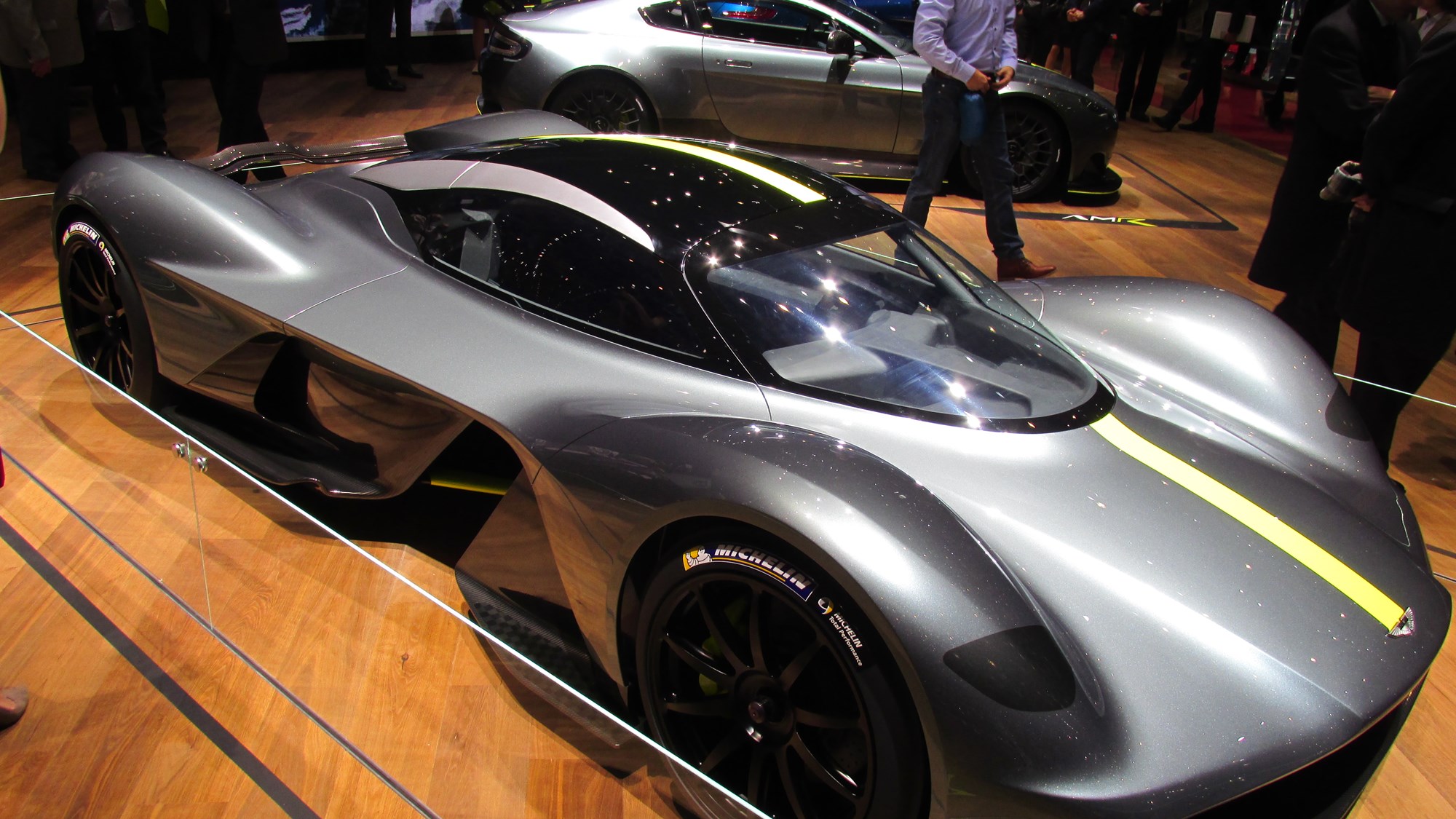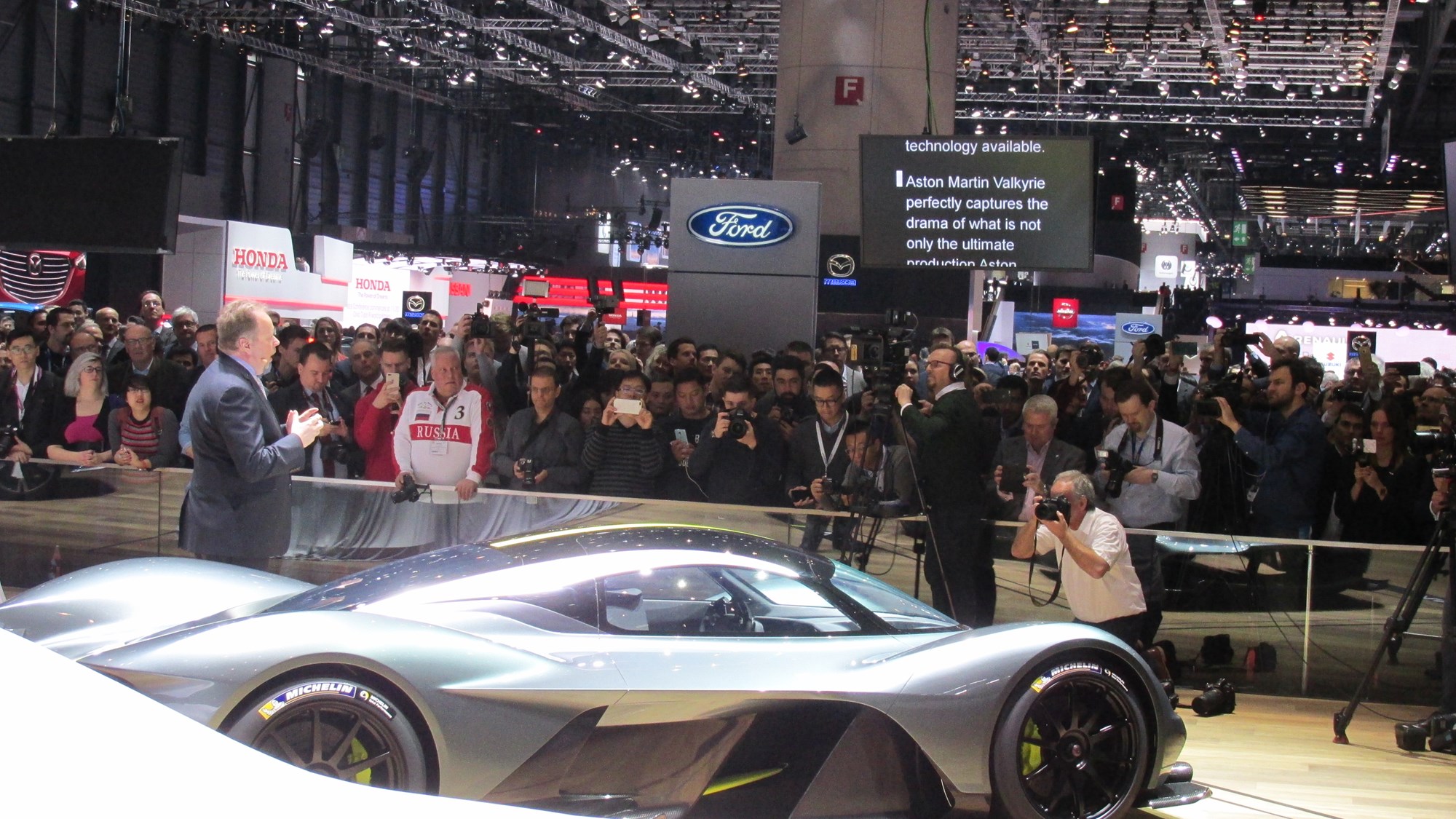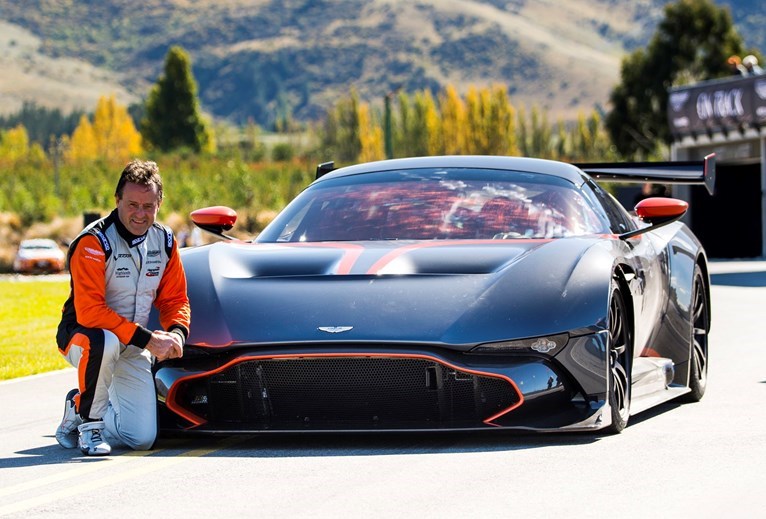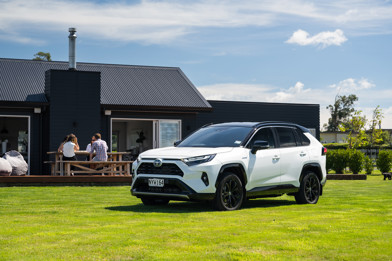While his business card says Doctor Andrew Palmer, Aston Martin’s CEO prefers to be called Andy, he tells me, as we sit in a glassed off interview room just off his company’s stand at the recent Geneva motor show.
Just 24 hours beforehand, Palmer revealed his company’s new hypercar, the Valkyrie.
It had been code named AM-RB 001 with only 150 to be built, but at the first major European motor show of the year, Palmer announced the V12’s true name.
Valkyrie is old Norse for “Chooser of the slain”; female figures who select who die in battle. And the battle Aston Martin is taking on is against Ferrari’s LaFerrari.
Priced around US$3 million, Palmer won’t say if any of the hypercars will land in New Zealand, although Highlands Park owner Tony Quinn has an equally expensive Aston Martin Vulcan.

Palmer was previously the Executive Vice-President at Nissan and chairman of Infiniti before joining Aston Martin in 2014.
Palmer was also appointed Companion of the order of St Michael in 2014 for his services to the British automotive industry.
His plan at Aston Martin is to create a long-term future for the company and introduced the Second Century Plan.
Driven was given an exclusive New Zealand media interview with him at Geneva.
Driven: What have you seen at Geneva, apart from your own stand, which has stood out for you?
Andy Palmer: I’m interested in the Range Rover Velar, the Mercedes-AMG GT concept, the Porsche Panamera station wagon and the car-lifting drone, it’s nice to get some wild concepts back at the motor shows (with the drone).
The Valkyrie has made a big impact at the show, what have you felt has been the reception so far for it?
The name seems to be universally liked, it’s a powerful name with an interesting mythology behind it, and I think having a code name served its purpose.
The reaction from the customers, the car has all sold out, at least on my email system it pretty positive.

You’ve also announced two limited edition Aston Martin Racing (AMR) vehicles. What has been the reaction to these?
A lot of dealers have proactively contacted us and said, “Can we get ourselves on the list?” as the volume is limited on both those models.
What was the thinking behind AMR?
When we go racing it’s quite expensive, we’ve been racing our entire lives. You need to have it working for you. There is no natural return in racing except for the enthusiasm and when you take customers to races etc. But you need to be able to justify its existence, so the best way to justify its existences to sell cars off the back of it. That’s the logic behind AMR. A certain amount of revenue that comes from selling those cars we plan to put back into racing.
So you have your luxury brands and now your exclusive brands, do they play off each other?
If you will you have your core car, for example the DB11, the one that you and I wish to buy, and within that you’ve got your ability to dress it up. There are any colours and combinations, that amounts to millions, you can spec it and we call that the Collection.
Then if you want to go more extreme, and you’re prepared to trade of a little bit of comfort, then we use AMR as the moniker to say this is a more extreme version, it will go quick but it will rattle your fillings!
If you want to more comfort then there are two ways to do that. One is a bespoke Q Commission, where you come in and tell us what you want, and there was a conversation going on just before you where there was an idea of a one off with someone who has a lot of money and can pay for it. So that’s one way you can go, or you can go into the Zagaots which are more comfort orientated.
At some point in the future there will be a Zagato DB11.
That’s how we position within the name where different customers want to go.
The goal, always is we think when you buy an Aston Martin you’re celebration success in your life and we celebrate the fact we don’t make any single car the same.
When you’re spending that sort of money, make it an individual car. You don’t want your neighbour to turn up with the same car.

That’s the same philosophy you’ll be bringing into the DBX (crossover, pictured above), which is going to be a major transformation for to your company. Work on the factory in St Athan, Wales is going to start in the next few weeks. What is your thought on the DBX?
You’re right; it’s transformational for the company. The turn around plan for the company was broken into three stages. The stablilsation for the company, which is let’s say done, that brought up the investment to bring in new cars.
With the DB11 you’re now in the core building, bringing in new models to the existing range of cars, widen the portfolio which starts with the DBX and in time includes a mid-engine sports car and Lagondas. So more or less chunks of two years.
The DBX is important because around the world not everyone considers sports cars, undoubtedly SUV is the configuration of choice in many countries, China of course being the main example.
What is interesting is, I’m going to say this slightly tongue is cheek, no-one has actually designed a beautiful SUV because by it’s nature in a box, and don’t find boxes in nature.
What we’re trying to do, and you’re going to judge it, is make the most beautiful SUV ever produced, and that’s its positioning statement.
There is the pressure there, with the likes of the Maserati Levante, Bentley Bentayga and soon Lamborghini’s Urus, that you can’t muck up when it comes to the design of your SUV.
Our Second Century Plan is a very credible plan but you can’t misstep any point of the way. You can’t mess up with this car, you can’t be late, the quality has to be correct. We have to go through seven giant steps and we have to go through them flawlessly and what you get at the end of that is a very, very stable company because you’re selling in 55 different countries around the world. You have a portfolio of seven cars, and you’re not just relying on a sports car segment, so it’s a much more robust beast at the end of that.
But getting to it – because we are an independent company - so you have to make sure your cash is burned at the rate you expect it.
Lamborghini has said that 50 per cent of its sales will be the Urus, you must be expect similar with the DBX?
Probably less than 50 per cent because we’re at 7000 sports cars per year and no one really knows the size of the SUV market, because it’s being created as we speak. But 4000 to 5000 (per year).

You’re visiting New Zealand soon, so what do you know about the NZ market apart from Aston Martin Vulcan owner Tony Quinn?
Well he’s an important customer. Actually we’re quite enthusiastic about the New Zealand market. It’s a good market for us. I think we have an advantage as far maybe it’s your roots, but New Zealand seems to understand Aston Martin. Let’s say better than if I go to China or Japan where I have to explain the brand. There’s a history and greater enthusiasm for the brand in New Zealand and we do quite well here.




